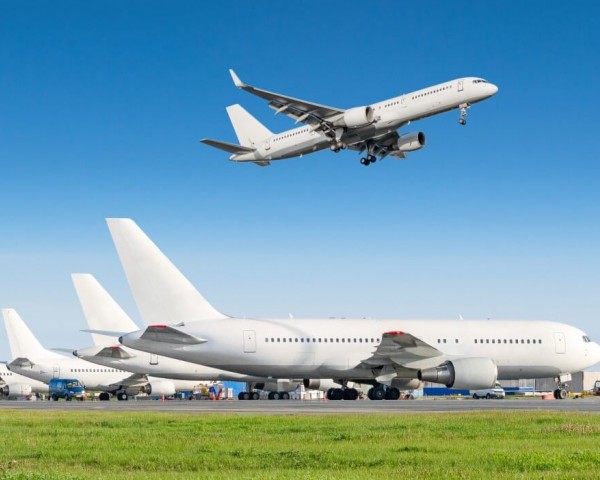Air transport has its ups and downs. While the demand is growing beyond expectations, the commercial air supply sector faces challenges due to a struggling aerospace industry. This has resulted in technical slowdowns in the development of new aircraft models, leading to significant delays in the delivery of airplanes to airlines.
This year, airlines are projected to reach a record total of 5 billion scheduled flights and nearly $1 trillion in revenue, according to data from Stocklytics. However, the global aviation industry’s revenues are expected to see only modest growth of 1.6%, reaching $120 billion by 2025. This figure is still 15% lower than the pre-pandemic revenue reported in 2019.
Several critical factors contribute to these challenges of air transport, including geopolitical instability, supply chain disruptions, shortages of components and labor, and rising fuel costs. These issues have adversely affected airline profitability and led to a decrease in orders for new aircraft.
According to a recent Statista Market Insights survey, global aircraft revenues have experienced substantial increases of 7.5%, 11%, and 13.8% over the past three years. However, this growth is expected to slow to just 5.8% in 2024, reaching an estimated $118.2 billion (approximately €125 billion). Analysts predict the market’s slowdown will become even more pronounced next year. Statista forecasts that the growth in the air transport sector will decline significantly, dropping to only 1.5%, which would result in modest revenue growth to $120 billion in 2025.
The data also indicates that airline manufacturers are expected to deliver over 5,500 new planes by the end of this year. Next year, deliveries are projected to surpass 6,000. Additionally, the average price per plane is anticipated to decrease from the current $21.4 million to around $19.7 million, with revenues from the commercial aircraft market alone estimated to be approximately $87.7 billion.










